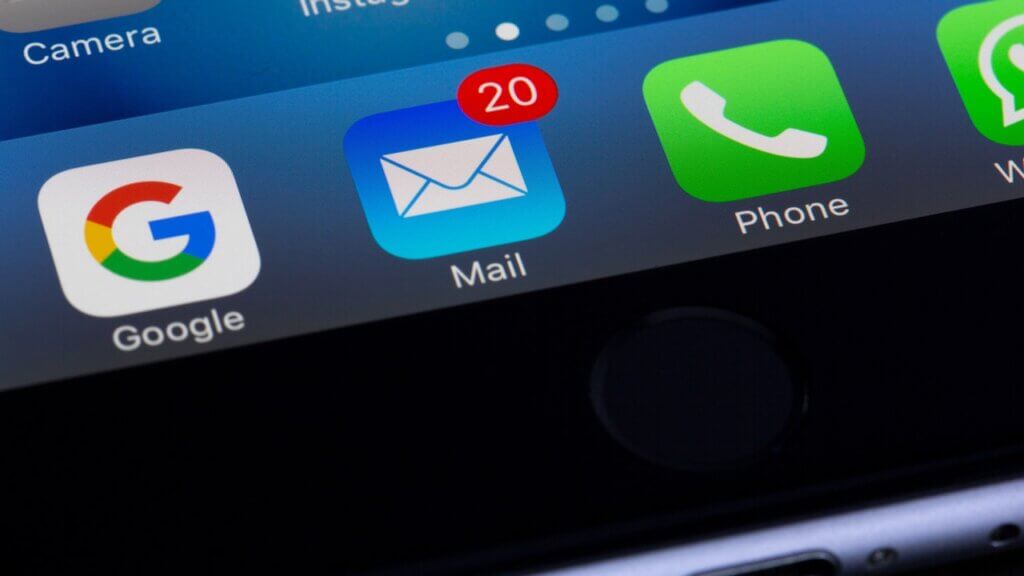
New year, new email rules. Google and Yahoo have announced new email authentication requirements that take effect on February 1st, 2024. As email marketers in the hospitality space, we should pay attention to these new rules, because email continues to be a top — if not the top — marketing channel.
NB: This is an article from Revinate
Subscribe to our weekly newsletter and stay up to date
Email marketing is stable, controllable, and affordable. Moreover, everyone has an email address. The last thing we want is to threaten this direct access to our customers and prospects by not complying with sender rules.
Non-compliance with sender requirements can reduce the likelihood of your emails reaching the subscriber’s inbox. This likelihood is called email deliverability. One variable that affects email deliverability is email authentication.
Email authentication is the process that verifies the legitimacy of an email sender. Authenticated emails allow email service providers (ESPs) to trust that the emails they are sending are not coming from bad actors, like spammers, spoofers, or scammers. Failure to properly authenticate emails can result in messages ending up in the spam folder or not being delivered at all.
Hotels that use Google or Yahoo and do not meet their new requirements will have their emails sent to spam and junk folders or be blocked entirely. Imagine all of your marketing and transactional emails are never even received by your guests. How much revenue would your hotel lose if you couldn’t communicate with your guests via email?
Don’t worry — we’ll cover what you can do to ensure high email deliverability for your property.
What changes are Google and Yahoo making to their email standards in 2024?
Both Google and Yahoo are ESPs that are enforcing identical requirements for bulk email senders on February 1st, 2024. Both ESPs require bulk senders to authenticate their email, enable easy unsubscription, and ensure they’re sending wanted emails.
From Google’s blog:
Authenticate their email: You shouldn’t need to worry about the intricacies of email security standards, but you should be able to confidently rely on an email’s source. So we’re requiring those who send significant volumes to strongly authenticate their emails following well-established best practices. Ultimately, this will close loopholes exploited by attackers that threaten everyone who uses email.
Enable easy unsubscription: You shouldn’t have to jump through hoops to stop receiving unwanted messages from a particular email sender. It should take one click. So we’re requiring that large senders give Gmail recipients the ability to unsubscribe from commercial email in one click, and that they process unsubscription requests within two days. We’ve built these requirements on open standards so that once senders implement them, everyone who uses email benefits.
Ensure they’re sending wanted email: Nobody likes spam, and Gmail already includes many tools that keep unwanted messages out of your inbox. To add yet another protection, moving forward, we’ll enforce a clear spam rate threshold that senders must stay under to ensure Gmail recipients aren’t bombarded with unwanted messages. This is an industry first, and as a result, you should see even less spam in your inbox.
Let’s explore these requirements and how to comply with them in more detail.
Know who manages your domain
Authenticating your email is the best way to ensure your messages reach your subscriber’s inbox. To start the process, you’ll need to know who manages your domain. Your domain is your property’s URL, like revinate.com, and it follows the @ symbol in your email address. Managing your domain means that you can make technical changes to it, like pointing it to a different webhost (the company that serves up the content of your website). Most of the changes will be done by writing DNS records, which are information that other systems can access, like in the case of authenticating email as legitimate. We recommend having someone on hand with the technical ability and knowledge to modify your DNS records.
Set up SPF and DKIM email authentication for your sending domain
DomainKeys Identified Mail (DKIM) is a protocol that validates that the content of an email has not been altered in transit. This validation is achieved by adding a non-visible string of characters to the email that acts as a unique key – also known as a hash. The recipient’s email system will recognize that key and verify that the message has not changed since the time it was sent. DKIM records are provided by your ESP.




